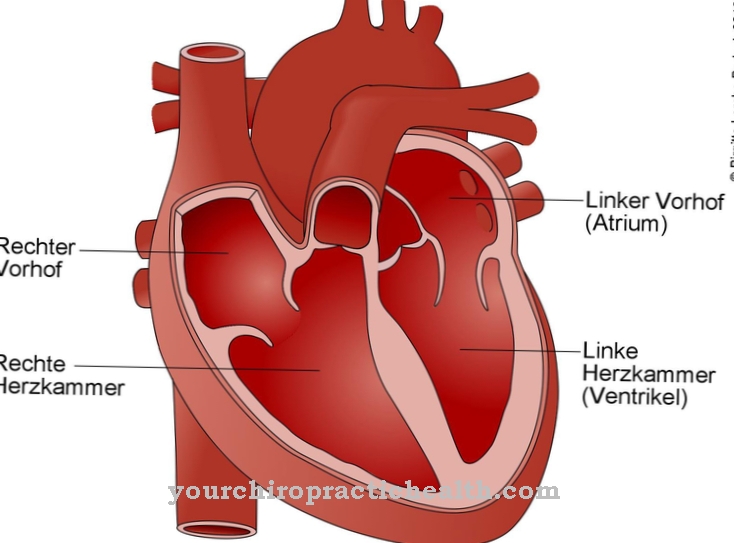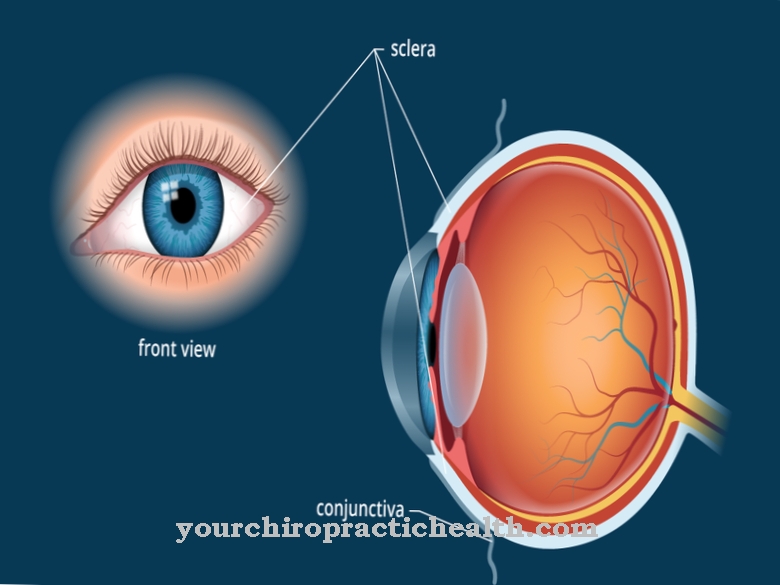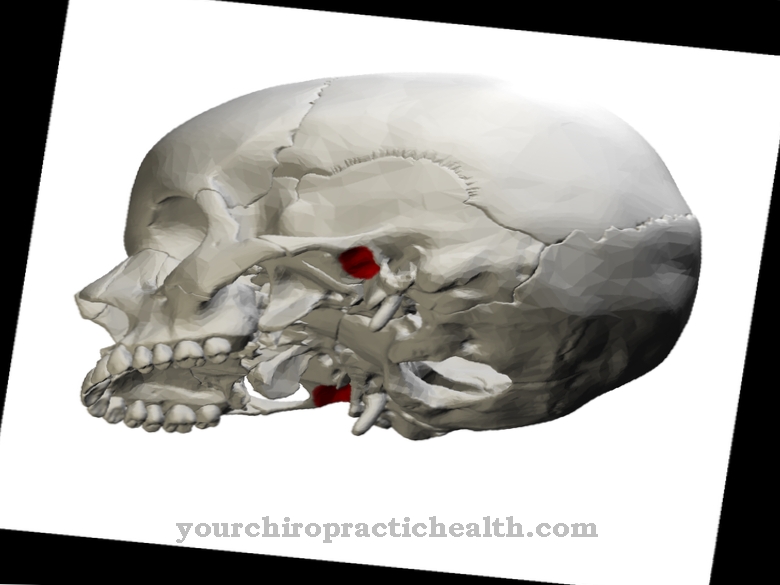As Subclavian artery will the Subclavian artery designated. It is responsible for the entire blood supply to the arm.
What is the subclavian artery?
The subclavian artery is the subclavian artery. What is meant is a pair of blood vessels close to the trunk. The primary function of the artery is to supply blood to the poor. Together with its branches, it forms the most important arteries that supply the upper arm, shoulder and elbow. In addition, the neck, the anterior wall of the chest (thorax), and the occipital area of the brain also receive blood from it.
Anatomy & structure
The left subclavian artery has its origin in the aortic arch. In contrast, the right subclavian artery arises together with the common carotid artery in the arm and head vascular trunk (brachiocephalic trunk).
The subclavian artery takes its course from the scalenus gap, which is formed by the scalenus medius muscle and the anterior scalenus muscle and is located below the collarbone and the pectorialis minor muscle, towards the lower edge of the pectoralis major muscle. From this point on, the artery is called the axillary artery. The scalene gap is a bottleneck. There is therefore a risk that the blood flow will be impaired. In medicine, this is known as the scale syndrome.
Several branches are formed from the subclavian artery. These are the vertebral artery, the internal thoracic artery, the costocervical trunk and the thyrocervical trunk. The vertebral artery runs in the foramina of the transverse cervical processes in the direction of the foramen magnum within the cranial cavity. Together with the internal carotid artery, it is responsible for supplying the human brain. Inside the skull there is a union with the arteria vertebralis on the opposite side of the body to form the arteria basilaris. This takes care of the supply of parts of the endbrain, the cerebellum and the brain stem.
Behind the sternum lies the internal thoracic artery, from which the anterior chest wall, the upper parts of the abdominal wall, the diaphragm, the pericardium and the mediastinum receive their blood. It forms a small branch that runs parallel to the edge of the breastbone about an inch. In medicine, the internal thoracic artery is also known as the internal mammary artery.
The costocervical trunk marks the origin of the deep cervical artery and the suprema intercostal artery. The arteria suprascapularis, the arteria cervicalis ascendens, the arteria transversa colli and the arteria thyroidea inferior originate from the thyrocervical trunk. The subclavian artery is accompanied by the subclavian vein. This is located further down between the anterior scalene gap and the anterior scalenus muscle.
Function & tasks
The primary task of the subclavian artery is to supply the upper extremities with blood. It also supplies blood to the neck region and chest. The brain is also supplied with blood from the branch of the subclavian artery, the vertebral artery. Without this arterial supply, humans would suffer from circulatory disorders, which make themselves felt through various complaints.
You can find your medication here
➔ Medicines for painDiseases
The subclavian artery can also be affected by diseases. This primarily includes the so-called subclavian steal syndrome, which is also known as the vertebral tension phenomenon or subclavian steal disease. What is meant is a circulatory disorder in the human brain caused by a narrowing of the subclavian artery. The circulatory disorder is rare and is usually caused by calcified blood vessels.
In healthy people, blood can easily flow through the main artery (aorta) and subclavian artery towards the arm arteries. However, if there is a pronounced narrowing or even an occlusion of the clavicle artery, not enough blood can reach the affected arm. For this reason, the arm draws blood from the brain, taking a detour via the vertebral artery, which otherwise supplies the brain.
As a result of this procedure, the blood flow in the vertrebral artery reverses so that its blood no longer flows into the brain, but into the subclavian artery. This avoids the narrow point of the clavicle artery and the arm now receives its blood from the vertebral artery. This in turn gets its blood from the carotid artery, which in turn is supplied by the main artery or the brachiocephalic trunk. However, as a result of this balancing process, the brain lacks vital blood. This is especially true if the arm needs more blood when it is moving.
Subclavian steal syndrome can affect both the right and left sides of the body. The risk of developing subclavian steal syndrome is greatest if the person concerned suffers from arteriosclerosis (hardening of the arteries). This vascular disease causes the blood vessels to constrict. Elevated blood lipid levels, tobacco consumption and a lack of exercise are classified as risk factors. In some cases, however, vascular malformations are also responsible for subclavian stenosis.
The subclavian steal syndrome is noticeable through various complaints. These include paralysis of the eye muscles, visual disturbances, dizziness, tinnitus (ringing in the ears), balance disorders, sensory disorders, swallowing disorders, speech disorders and headaches in the back of the head. Even paralysis and impaired consciousness are possible. Subclavian steal syndrome is usually treated by angioplasty, in which the affected arteries are dilated by inserting a balloon catheter. It is not uncommon for stents to be placed as well.
In medicine, the subclavian artery is also used to repair coarctation of the aorta as part of an operation. This procedure is called subclavian artery reverse graft.













.jpg)

.jpg)
.jpg)











.jpg)